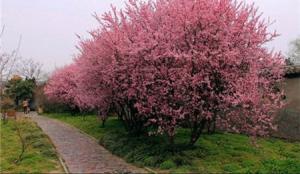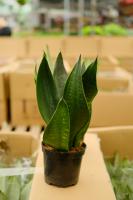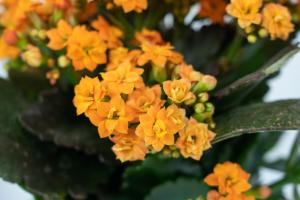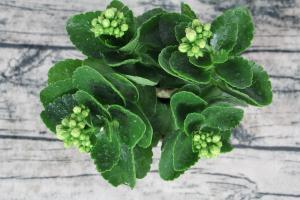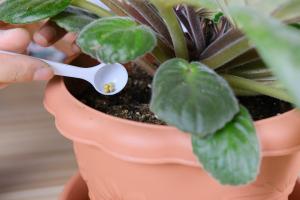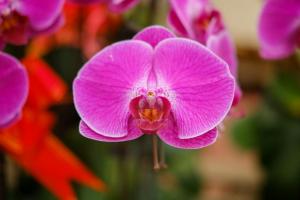How to Clean Water Spots off Plants
Water spots on plants are often caused by hard water or rainwater with a high mineral content. These minerals can build up on the leaves of the plants over time, making them appear dirty and unsightly. If left untreated, water spots can lead to a variety of problems, including reduced photosynthesis and an increased risk of disease. Fortunately, there are several methods you can use to clean water spots off plants and keep them looking healthy and beautiful.
Method 1: Wipe Down Leaves
One of the easiest ways to clean water spots off plants is by wiping down the leaves with a soft, damp cloth. Begin by filling a bucket with lukewarm water and adding a few drops of mild dish soap or a teaspoon of vinegar. Dip the cloth into the solution, and then gently wipe the leaves, taking care not to damage them. Be sure to rinse the cloth frequently to avoid spreading dirt or grime onto the leaves. Once you have wiped down all of the leaves, rinse them again with plain water to remove any remaining soap or vinegar.
Method 2: Use a Commercial Cleaner
If wiping down the leaves with a cloth doesn't work, you may need to use a commercial cleaner designed specifically for plants. These cleaners are available at most garden centers and are formulated to remove mineral deposits and other types of buildup from plant leaves. To use a commercial cleaner, follow the manufacturer's instructions carefully, as each product may have slightly different application techniques. In general, you will need to dilute the cleaner with water, apply it to the leaves, and then rinse the leaves thoroughly with clean water.
Method 3: Soak the Leaves in Water
If you have a large plant or a lot of leaves to clean, you may find it easier to soak the leaves in water. Fill a sink or bucket with lukewarm water, and then add a teaspoon of mild dish soap or vinegar. Place the plant or leaves in the water, and let them soak for several minutes. Gently agitate the water to help remove any buildup, and then remove the plant or leaves and rinse them thoroughly with clean water. Be sure to allow the plant or leaves to air dry completely before returning them to their normal location to avoid mold or mildew growth.
Method 4: Preventing Water Spots
The best way to deal with water spots on plants is to prevent them from occurring in the first place. One way to do this is by using rainwater or distilled water to water your plants. Both of these types of water are free from mineral deposits and are less likely to cause water spots. Another way to prevent water spots is to keep your plants out of direct sunlight. Water spots are more likely to occur on leaves that are exposed to direct sunlight, so moving your plants to a shadier location can help reduce the risk of damage.
In conclusion, water spots on plants can be both unsightly and damaging if left untreated. Fortunately, there are several methods you can use to clean water spots off your plants and prevent them from reoccurring. By following these tips, you can help keep your plants looking healthy and beautiful all year round.

 how many times do yo...
how many times do yo... how many planted tre...
how many planted tre... how many pine trees ...
how many pine trees ... how many pecan trees...
how many pecan trees... how many plants comp...
how many plants comp... how many plants can ...
how many plants can ... how many plants and ...
how many plants and ... how many pepper plan...
how many pepper plan...